
Vietnam is situated in both the eastern and northern hemispheres. The mainland Vietnam is a S-shaped land covering an area of 329,241 square kilometers. The geographic coordinates of Vietnam consists of latitude 102º 08' - 109º 28' east and longitude 8º 02' - 23º 23' north. Vietnam is bordered with China in the north, Laos and Cambodia in the west and South China Sea in the east.
Area:
total: 329,560 sq km
land: 325,360 sq km
water: 4,200 sq km
Area—comparative: slightly larger than New Mexico
Land boundaries:
total: 4,639 km
border countries: Cambodia 1,228 km, China 1,281 km, Laos 2,130 km
Coastline: 3,444 km (excludes islands)
Terrain: low, flat delta in south and north; central highlands; hilly, mountainous in far north and northwest
Vietnam is a country of tropical lowlands, rolling green hills, and densely forested mountains. Low-level land covers about 20% of the country.
The Red River delta is fronted by hills that rise gently into the high mountains of the northwest; the Annam Highlands cover much of the central landscape, and in the southern areas, the coastal lowlands and Mekong River Delta merge.
A fertile and narrow coastal lowland extends south from the Red River Delta to the Mekong Delta.
The Mekong Delta is a low-level plain, one inundated by hundreds of small rivers and canals. Thick jungles and mangrove swamps cover the far-southern areas of land.
The Red River and the Mekong river are the most significant rivers; both have numerous tributaries, and the latter is certainly among the great rivers of the world.
Topographically, Vietnam is a verdant tapestry of mountains, fertile deltas, primeval forests inhabited by exotic fauna, sinuous rivers, mysterious caves, otherworldly rock formations, and heavenly waterfalls and beaches.
The country includes three unique areas: North, Central, and South. The north is known for its Alpine peaks, the Red river delta, the plains of Cao Bang and Vinh Yen, Ha Long Bay and Hanoi - the capital of Vietnam, as well as for the diversity of its ethnic minorities. The Central Vietnam is also home to many ethnic minorities and characterized by high temperate plateaus rich in volcanic soil and by spectacular beaches, dunes, and lagoons. It is also the location of the ancient imperial city of Hue. In the South are Ho Chi Minh city (formerly Saigon) and the fertile alluvial delta of the Mekong river. Vietnam's territory also encompasses a large continental shelf and thousands of archipelagic islands.
Land divisions: 59 provinces and 5 municipalities; Provinces are: An Giang, Bac Giang, Bac Kan, Bac Lieu, Bac Ninh, Ba Ria-Vung Tau, Ben Tre, Binh Dinh, Binh Duong, Binh Phuoc, Binh Thuan, Ca Mau, Cao Bang, Dac Lak, Dac Nong, Dien Bien, Dong Nai, Dong Thap, Gia Lai, Ha Giang, Hai Duong, Ha Nam, Ha Tay, Ha Tinh, Hau Giang, Hoa Binh, Hung Yen, Khanh Hoa, Kien Giang, Kon Tum, Lai Chau, Lam Dong, Lang Son, Lao Cai, Long An, Nam Dinh, Nghe An, Ninh Binh, Ninh Thuan, Phu Tho, Phu Yen, Quang Binh, Quang Nam, Quang Ngai, Quang Ninh, Quang Tri, Soc Trang, Son La, Tay Ninh, Thai Binh, Thai Nguyen, Thanh Hoa, Thua Thien-Hue, Tien Giang, Tra Vinh, Tuyen Quang, Vinh Long, Vinh Phuc and Yen Bai; Municipalities are: Can Tho, Da Nang, Hai Phong, Hanoi and Ho Chi Minh.
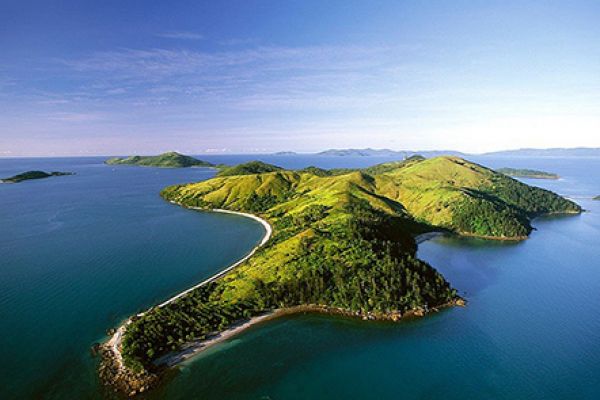
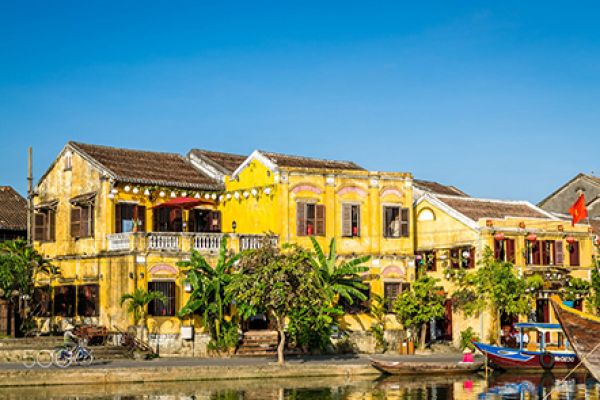
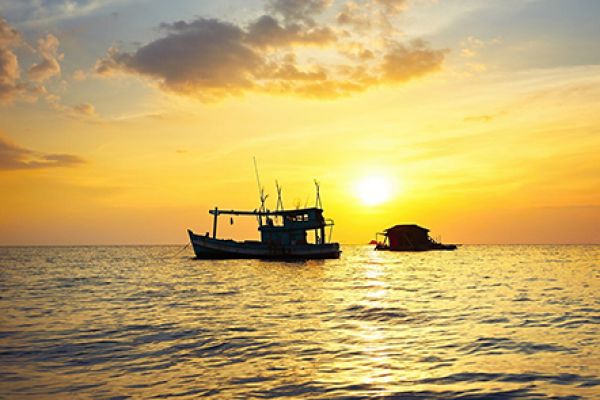
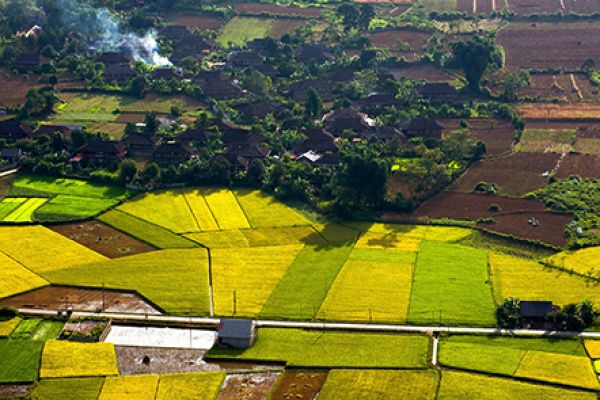
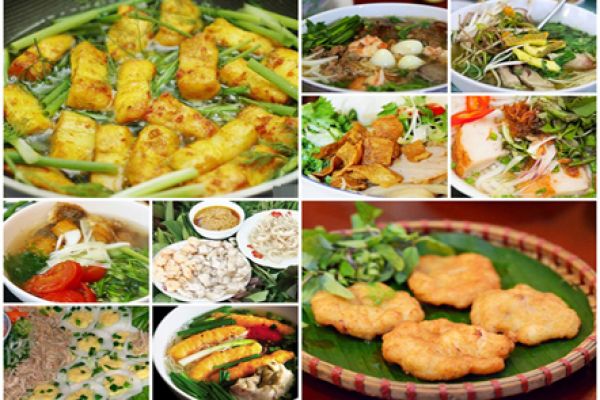

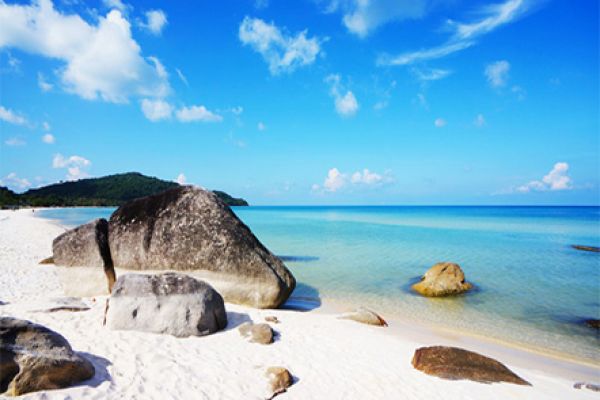
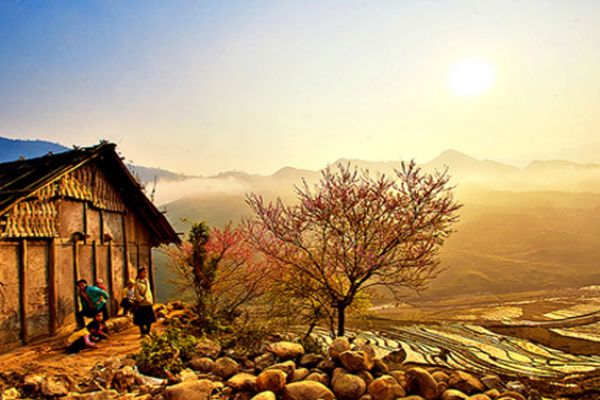
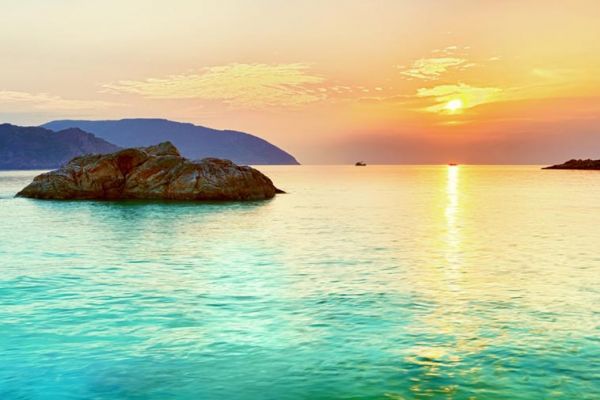
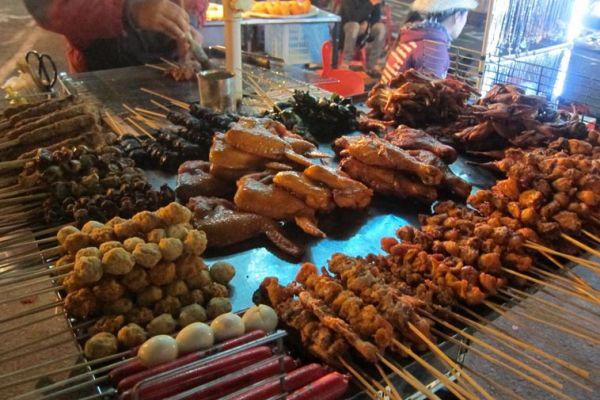
(84-63) 3 826042 – (84-63) 3 511142
No 54 Nguyen Dinh Chieu, Ham Tien Central Mui Ne Beach Binh Thuan Vietnam
523 To Hien Thanh District 10 Ho Chi Minh City Vietnam
Ha Long Halong City Quang Ninh Vietnam
A13 Hung Thong 2 Halong City Quang Ninh Vietnam




